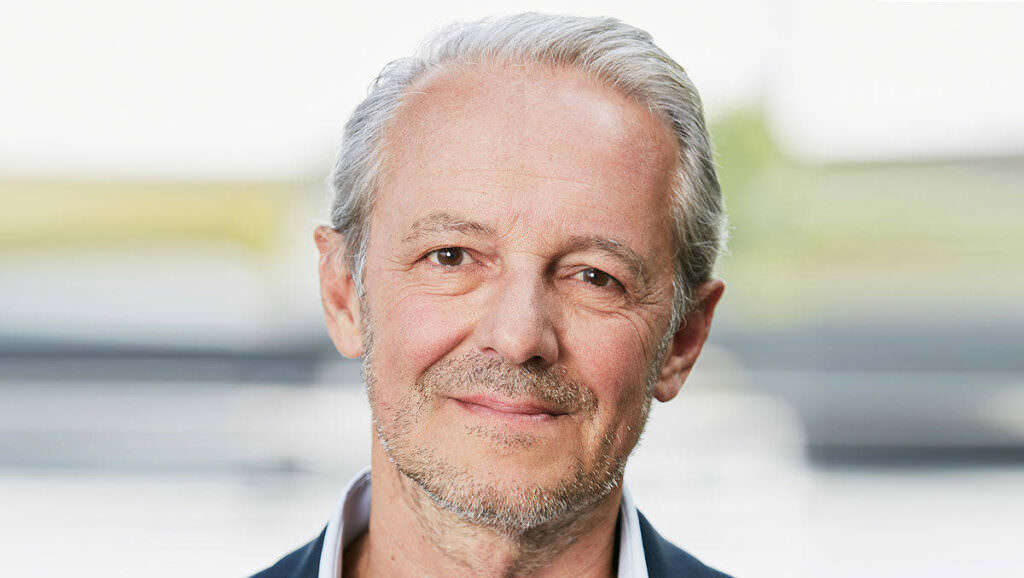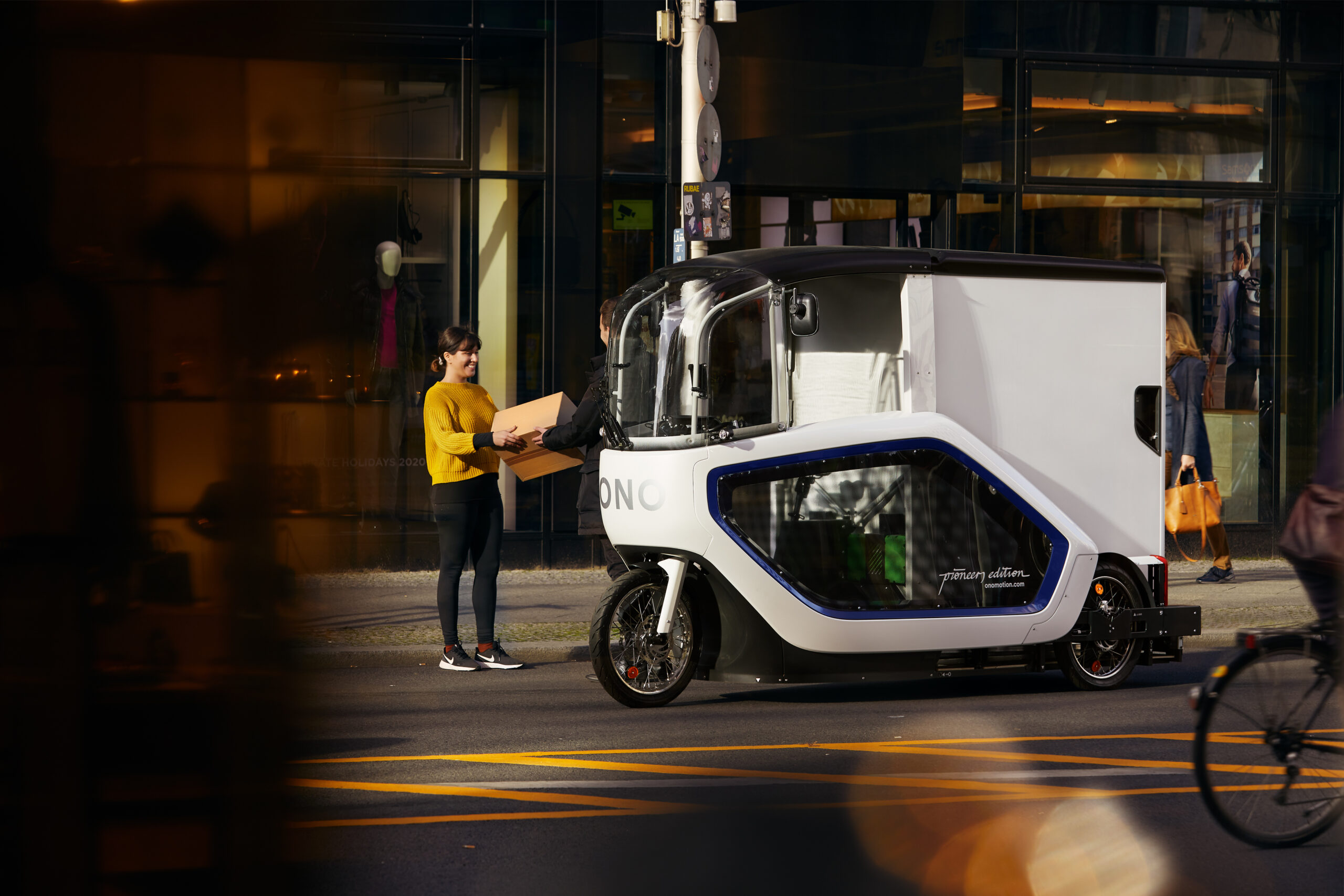Guest article by our Chief Design Officer: Murat Günak in W&V (excerpt)

There is the “old” automotive industry, which finds it very difficult to adapt to new social and business models. Anything that can be used as a status symbol is still considered good: Cars have to be big, fast and have to stand out because of their aggressive look.
(…)
For people living in urban environments, the car has had its day as a status symbol, and the task for designers is much greater than simply styling surfaces.
(…)
New vehicles will save space and resources, make hardly any noise, and contribute to greater harmony by returning to transparency.
(…)
Here, we designers have to break away from the specifications of classic industry and empathize more with people’s needs. This part is very important to me, both in general and in the development of the Ono e-cargo bike. We are working hard to ensure that the rider and the environment interact optimally. Other aspects include sustainable materials and business models for vehicle sharing. Size and speed are also becoming less important in urban areas.
The Ono, for example, is a bicycle in terms of traffic law, but in terms of dimensions it has to function as a delivery vehicle. This means we had to develop a vehicle that is very narrow and at the same time tall, while still meeting our requirements for harmonious proportions. In addition, the design should create a high level of positive identification among drivers.
(…)
For the next steps, we are planning crowdfunding, with a six-figure sum as our goal, in order to be able to implement pilot projects. In the automotive industry, there are managers whose annual salary is higher. Investors are acting accordingly confidently at the moment: in the third quarter of 2018, more than $1.9 billion was invested in startups from the automotive sector in the U.S.
The full article is available here (paid access):
https://www.wuv.de/wuvplus/das_design_der_zukunft_bedeutet_mehr_als_dekor







